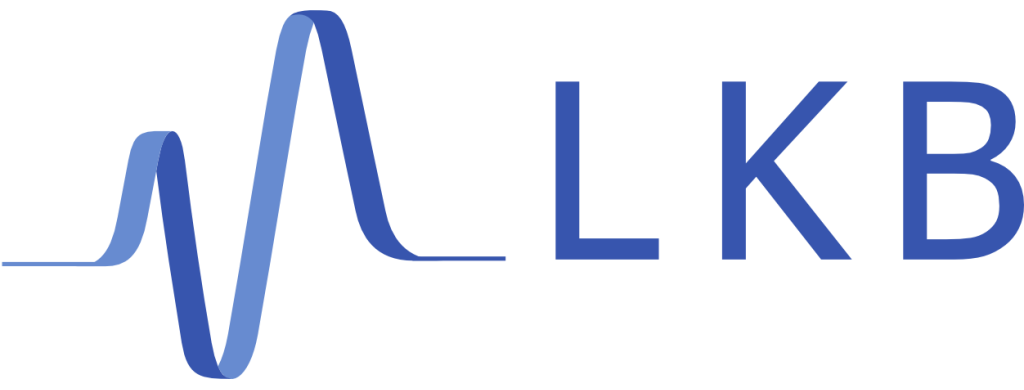Nanofiber profile calculation
A tapered optical nanofiber includes three main regions: standard single mode fiber, fiber taper and nanofiber. The first step is to calculate the nanofiber diameter meeting the experimental requirements.
Software and Pulling Setup initialization
In this section the main steps for initializing the pulling setup and its software controls will be described.
- Turn on the computer!
- The pulling setup needs several softwares to control all the different hardware parts. Open the softwares in the order they are named in this tutorial, to ensure that everything works smooth. The first software to run is Spyder, to launch the UI for controlling and monitoring the procedure.
insert spyder logo - Once the software is launched, run the following commands in the
consoleindividually:import sys sys.path.append('DIRECTORY TBA') runfile('PATH TO PULLING INTERFACE TBA')When launching the interface, after the last command, pay attention to the feedback from the console. It happens often that one of the motors (in particular, the one moving up and down the brushing flame) can't establish a connection with the software. If the connection is established, the message *1 APT motor connected* followed by a ID number will be displayed. If not, please close the software, unplug and plug again the cable connecting the motor to the computer, and run again the commands in the *console*. It will eventually connect and the correct message will be displayed during the UI launch. - After the UI is launched correctly, open Mozilla Firefox and then click on the XPS bookmark on the bookmark toolbar. Image will be added
- Insert the correct
UsernameandPassword. Ask for the credentials to one of your lab colleagues. Usually, the credentials should be already saved on the page. - After logging in, the following interface will appear. Locate the
movelabel on the toolbar at the top of the page and click on it. Image will be addedaaaaa - After the previous steps, the connection with the motors (one to move the brushing flame, connected via Spyder, and two to pull the fiber, connected via the procedure in steps 4-6). At this step, we can go back to the UI opened after step 3.
Verify that the check-boxes APT Connect and XPS Connect are checked at the top of the UI window!
- Verify the pulling motors connection by clicking on the
HOMEbutton. The motors will rapidly move at their home position. - Move the motors to the proper position to start the pulling procedure, by clicking on the
INIT Positionbutton. The motors will move close to each other, at the right position to ensure that the flame is positioned at the center between the two motors. By default from a previous calibration, these position are preloaded in the UI software and they are -49 for the Left motor and -28 for the Right one. - Verify that the fiber-flame distance written in the UI box is 0.9.
- Verify the jog step is set at 0.1 in the UI box. The jogging refers to the up and down movement of the flame during the pulling process. This point will be recalled in the Fabrication section.
- Load the pulling profile calculated in the Nanofiber profile calculation section. Commonly used profiles are already available in the computer storage, in the
D://volume. For example, nanofibers fabricated in the framework of the NanoBright European Project are pulled using the profile available inD:/Tirage/780HP/07_Dec_2020_10h27-PUTM-rw180-Lw3-L00.43.txt.
Startup of the Hydrogen and Oxygen generators, flame control
The heat and brush pulling procedure to fabricate the nanofibers exploits a oxyhydrogen flame (obtained by a mixture of gaseous hydrogen and oxygen with a precise ratio). In this section, the correct procedure to turn on and to start up the generators, as well as the softwares to control the fluxes, will be described.
- Open the oxygen cylinder valve (the cylinder with the red valve on the right of the pulling setup hood).
- Turn on the hydrogen generator, under the pulling setup hood, by pressing the ON/OFF switch located on the rear part of the generator.
ATTENTION! Pay a lot of attention if any warning or error is reported during the generator warming up procedure. If ANY warning is reported, quickly check the generator manual at the following path, checking the reported warning code.
MANUAL ADDRESS TO BE ADDED
THESE PART HAVE BEEN WRITTEN ON THE 22nd of March 2022. RESUME FROM HERE. AB
Fabrication
Then, we mount the cleaned fiber into the v-grooves on the clamps.
A camera continuously monitors the nanofiber from the side. The focus plane of the camera is adjusted to be on the fiber. The center of the flame needs to be aligned with the fiber based on the focus plane of the camera.
The transmission is detected with a photodiode, as shown in Fig. \ref{fig:Fiber_tapering_system}, and recorded. The output signal is normalized to the initial laser power before pulling.
